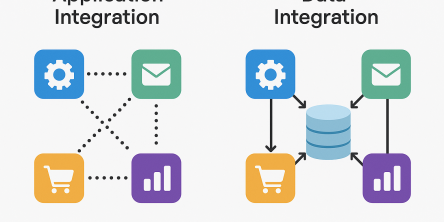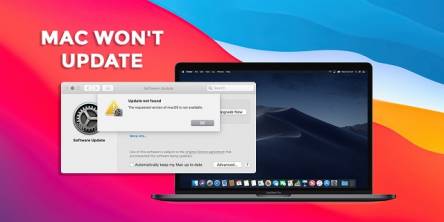SOA Testing: Popular Tools

In the current day & age, a standalone model is not alone useful to manage the versatility & changing user expectations. And, this is where an SOA (Service-oriented architecture) fits right in as the solution. It refers to the development of apps based on the architecture of the web app’s server.
You might be aware there’s a reason why a lot of companies are adopting or trying to adapt the SOA approach. One of the prominent advantages includes; cost-cutting, business agility, easy maintenance & more.
Whereas SOA testing is the process of testing SOA apps, of course; with varied and available SOA architecture today, it becomes vital for the modern-day testers to get a fair idea of the SOA testing. There are several methods for SOA testing, such as the ones listed below:
- Performance testing: This test is used to ensure the software’s stable and consistent performance when subjected to heavy loads.
- Integration level testing: This form of testing is to ensure the services function as intended.
- Regression testing: This type of testing is used to verify the system’s stability and availability.
- Functional testing: The goal of functional testing, which happens to be a rather critical form of testing, is to verify appropriate service delivery at the correct response to every single request raised.
Time to take a look at some of the most popular SOA tools the market has to offer:
- SOArite: This Runzyme tool enables testers to configure and test workflows rather quickly. This tool’s users can create workflows for testing not only web services, but also HTTP services, REST services, JMS, TCP, and databases. Oh, and what’s even more interesting to note is that the workflows can be created via simple drag and drop methods.
- SOAP UI: Ask anyone who has experience with API testing or service testing and they will immediately recognize this name because SOAP UI is decidedly one of the most popular SOA tools currently available in the market. An open-source tool, SOAP UI offers support for an abundance of protocols such as JMS, SOAP, and HTTP. By the way, if you are looking to upgrade from the open-source version, the company offers plenty of options in this context, including SOAP UI NG.
- QUASAR: An SOA testing tool, QUASAR is chiefly used for running unit tests. An admittedly easy tool to use, this one supports a variety of programming languages such as HTTP, JMS, SOAP, etc. This support for multiple programming languages means one can build and track SOA events without a fuss.
- AdventNet QEngine: While this one is primarily a functional testing tool, it still manages to offer top-notch support for SOAP web services testing. AdventNet QEngine is also quite popular in the market because it comes quite handy when it comes to quickly determining any obstructions in the code. Because it allows performance and load testing as well, one can execute performance and load tests to identify if scaling horizontally or vertically is a better choice for the project.
There you have it ladies and gentlemen, a quick but handy guide to SOA testing. Now, we understand the process of choosing a tool for SOA testing may seem a bit overwhelming and complicated, especially on account of the abundance of choices available in the market. Nonetheless, the process of choosing a tool can be made simpler via careful strategy: make sure to have a rock-solid grasp on your project’s requirements, expectations, objectives, etc., and then compare them against the options on your shortlist to see how they fare and if they make a good choice for the project. If you want to still take things up a few notches, you could also consider engaging the services of a trusted vendor for service-oriented architecture testing.
Similar Articles
Every news publisher's dream, or just getting started, hits that wall sooner or later. What do you build your site on? You’ve basically got two roads: WordPress or custom development.
Discover key features construction teams need in permit tracking software to boost efficiency, stay compliant, and streamline project management.
Thanks to cloud computing, specialized SaaS apps have become rather accessible.
Let’s be honest – managing royalties isn’t exactly the fun part of working in media or publishing, but it is very important because it protects the creator’s rights and work ownership.
The Software as a Service (SaaS) industry continues to transform before 2025 which creates new obstacles for business operations.
Given that insurance underwriting is highly competitive, insurers must harness advanced technologies to enhance customer service and communication, business practices, and decision-making in particular.
We all use Mac OS often, and there are situations when the OS just doesn’t update. Obviously, it’s important to have the latest feature and security updates.
Implementing home health systems is a complex process that requires skillful planning and preparation. You’ll want to identify the areas for improvement as well as the features that impact your agency.
Boost revenue and build trust by tracking declined services at your auto shop. Learn how this simple step can improve customer retention and shop efficiency.








